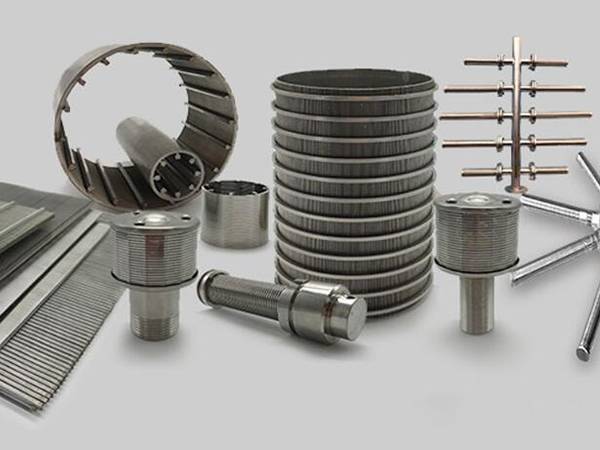Wedge wire, or profile bar as it’s often known, is primarily utilized by wedge wire screen manufacturers. It is classified as a form of screen wire since it is a family of shapes used to make screens used in a range of applications. The product has a triangle shape that varies in height, width, and radius on both the nose and corners. The alloys, temper, and surface requirements differ depending on the application for which the screen will be employed.
The use of screens may be found in a wide range of sectors. Water filtering, mineral processing, pulp, paper manufacture, food processing, oil extraction, and architectural applications are frequent end uses. Screen shapes can also vary, with flats, cylinders, and baskets available depending on the end user’s usefulness.
When looking at a wedge wire, one may believe that the product is straightforward and straightforward. It could hardly be more untrue. When creating a wedge wire specification, extreme caution must be exercised. To design a suitable screen, end users must consider carefully when selecting appropriate decisions. The screens are then supported by a round wire, screen wire, or roll-formed strip, among other materials. Consider a more complicated strainer, such as one used at home to make pasta, as a screen panel.
Wedge Wire Made of What Materials and Alloys?
Filtering and separating solid solids from fluids with wedge wire is quite adequate, and it is a known fact by the wedge wire screen manufacturers. It is used in various situations; however, the alloy and materials required vary depending on the application. Filtering fluid for a food and beverage application, such as a microbrewery beer tank, may need a different type of alloy than a good screen in the oil and gas industry. The alloy you choose may also be influenced by your production process and what else needs to be done to the wire before it can be used. Welded wedge wire is required in some circumstances, while the profile provided only has to be applied to the support rod in others.
Given the wide range of grades and, of course, cost concerns, stainless steel wedge wire is a popular choice. Following alloy selection, the next step is choosing the proper size for your application. Ulbrich can provide this material in thicknesses ranging from.032 inches to practically any wire thickness above that. Wedge wire is available in various tempers, from annealed to full hard. The application will also determine the thickness and temper to use. The final usage of this unique wire shape might vary, and it can be highly useful in various sectors that require filtration.
Wedge Wire is Utilised in a Variety of Applications
After wedge wire screen manufacturers make the product, they rest on a support, which can be round or screen wire, or even strip or sheet, as previously described. Screen wire and wedge wire screens are commonly produced in two or three types: Flat and cylindrical screens are the most common. Flat-screen is made out of screen wire that has been cut to particular lengths and welded or dry fitted to the screen’s framework. On the other hand, a cylindrical screen is made out of a spool of screen wire fed into the machine, which coils the wire into a cylinder and welds it to the supports as the screen rotates and grows.
Before choosing the product from the wedge wire manufacturers, get to know a few pointers. It will make things easy for you by selecting both the product and the manufacturer.

